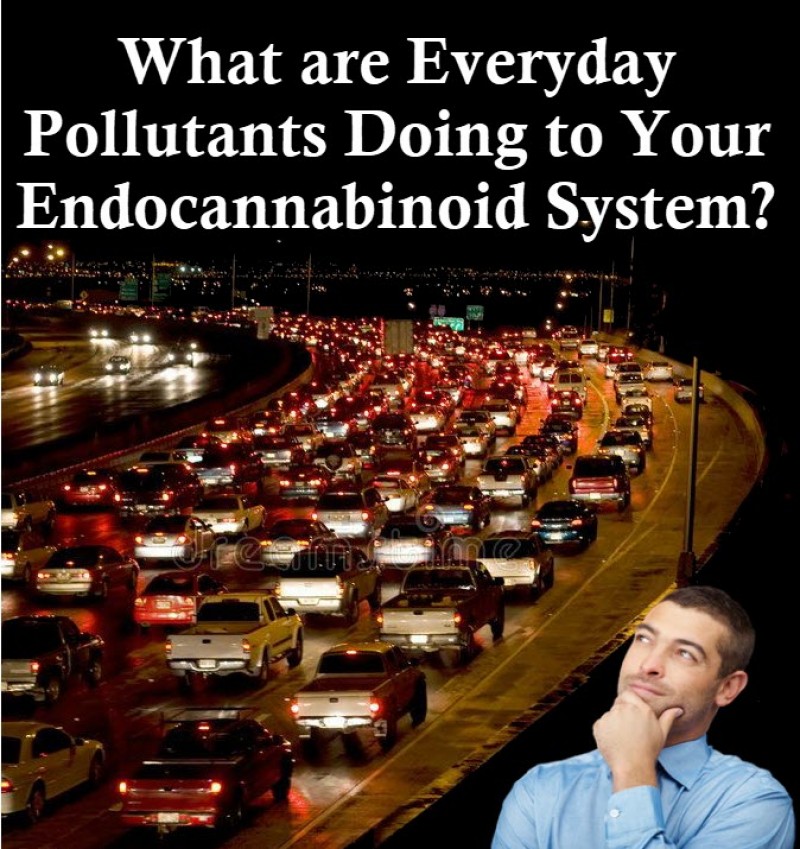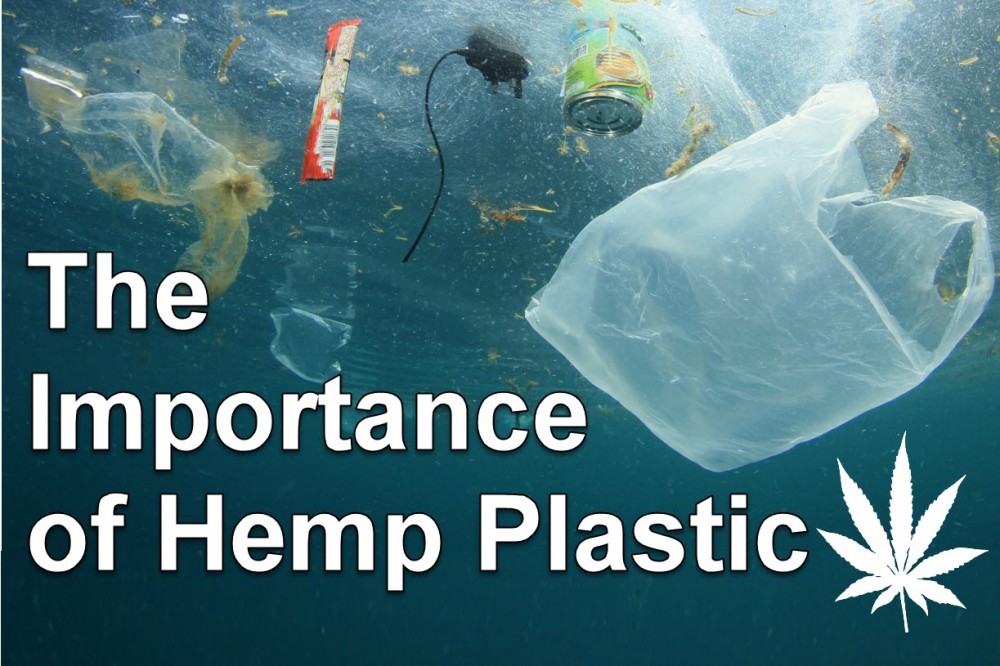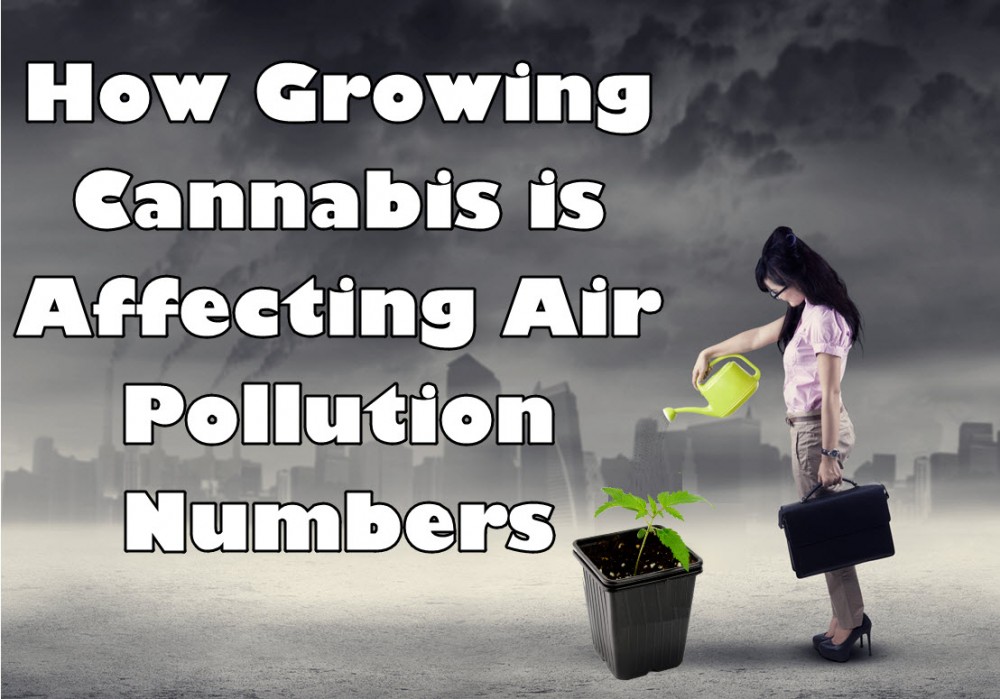Effects of Common Pollutants on Endocannabinoid System

Every day, we’re exposed to hundreds if not thousands of pollutants, from the chemicals in our laundry detergents, skincare products, and bath products to the food storage containers we use and even in the food we eat. We willingly expose ourselves to these things because we trust that the companies we support will not put us in harm’s way. However, as many of us know, this isn’t always the case. For many companies, the bottom line is more important than customers’ health. But how exactly do these chemicals affect our bodies?
Recently, a growing number of scientists have been exploring the effects common pollutants have on our health, particularly on the endocannabinoid system (ECS). They’ve found a link between endocrine-disrupting chemicals and the deregulation of the ECS.
The endocannabinoid system is a complex biological set of processes that help maintain homeostasis in the body. Humans aren’t the only living beings that have an ECS; in fact, all animals do, from whales and monkeys to sea urchins and leeches. It regulates a variety of functions, including sleep, pain sensation, reproduction, appetite, memory, and mood. It does this through three key components: cannabinoid receptors, endogenous compounds called endocannabinoids, and metabolic enzymes that breakdown endocannabinoids and ensure the body can process them.
Meanwhile, common examples of endocrine disruptors include polychlorinated biphenyls (PCBs), dioxins, bisphenol A (BPA), and phthalates. For a long time, scientists thought these chemicals only affected the endocrine system, hence the name endocrine disruptors, however growing research shows that they may also interfere with the ECS and its processes.
The endocrine system is similar to the ECS in that it directs a number of biological processes such as metabolism and reproductive function. It makes sense that both systems are affected as they both deal with similar functions and are considered highly sensitive systems that can be easily influenced by exogenous compounds.
Over the last five years, a team led by professor of developmental biology at Italy’s Polytechnic University of Marche, Oliana Carnevali, has published several papers exploring the ECS’ role in mediating some of the effects of endocrine disruptors. She told Project CBD, “Considering the well-documented negative effects of endocrine-disrupting chemicals on the reproductive system and on lipid metabolism, we hypothesized that all this had to do with the ECS, which operates on many physiological aspects including reproduction and the energy homeostasis.”
The team of Italian researchers performed studies on two species of fish, the freshwater zebrafish and the gilthead seabream. Both of which are commonly used in toxicological research. The researchers exposed the fish to endocrine disruptors BPA and Di-isononyl phthalate (DiNP), both common additives in plastic. The results showed that chronic exposure to both chemicals for three weeks were enough to affect both fishes’ ECS, specifically in the brain, liver and gonads, in terms of endocannabinoid levels, enzymatic activity, and gene expression.
The lead authors of the study, Carnevali and Isabel Forner-Piquer, said that the results of the study have led to their hypothesis that endocrine-disrupting chemicals do have a negative effect on general animal welfare and humans. The team is moving forward with human studies to test their hypothesis and further explore the “relationships between levels of endocrine-disrupting chemicals in blood and urine and the expression of genes in sperm coding for enzymes involved in the synthesis and degradation of the major endocannabinoids.”
Apart from this study, a number of other studies that have been done over the years reinforce this idea, most recently:
- A study in 2016 by a group of Italian scientists, published in Pharmacological Research, which showed that BPA exposure could change gene expression and downregulate the CBI receptor, which resulted in weight loss and anorexigenic effects in a mice model.
- A report in 2017 by researchers from Mississippi State University, published in the International Journal of Toxicology, found that exposure to chlorpyrifos inhibited endocannabinoid metabolyzing enzymes in rats.
- And another in 2018, published in Chemosphere, which concluded that BPA and other endocrine-disrupting chemicals may lead to adverse pregnancy-related outcomes by affecting the ECS.
In addition, a 2016 study found that exposure to parabens (which are widely used in personal care products) could lead to biological effects due to its interference with the ECS through FAAH.
With all this said, experts agree that this is an area that requires further research. As we go on with daily life, it wouldn’t hurt to become more aware of the ingredients listed in the products we use. Here are some you should look out for, in addition to the ones we’ve already mentioned (BPA, dioxin, bisphenol, phthalates):
- Atrazine - Widely used in pesticides for majority of the US’ corn crops and a pervasive drinking water contaminant. Avoid by drinking filtered water and buying organic produce.
- Perchlorate - Used mainly in propellants, munitions, and fireworks and to control static electricity in food packaging. Like atrazine, it’s a common water contaminant so in order to avoid, make sure you drink filtered water. You can also reduce its effects by getting sufficient iodine in your diet.
- Mercury - Nearly all fish and shellfish contain traces of mercury, in varying degrees. And while most do not cause health concerns, some fish may contain higher levels that can adversely affect pregnant women. Wild salmon and farmed trout are good choices for those who want to be on the safer side.
- Perfluorinated chemicals (PFCs) - These are found in non-stick cookware and has been linked to decreased sperm quality, kidney disease, low birth weight, and thyroid disease. Skip the non-stick pans and stick to stainless steel or cast-iron.
- Glycol Ethers - A common solvent found in cleaning products, paints, and even cosmetics. According to the EU, they may damage fertility and harm fetuses. Avoid products with ingredients such as 2-butoxyethanol (EGBE) and methoxydiglycol (DEGME).
HEMP, PLASTICS, THE EARTH, READ MORE...
HEMP PLASTICS AND POLLUTION, HOW THEY CAN HELP!







